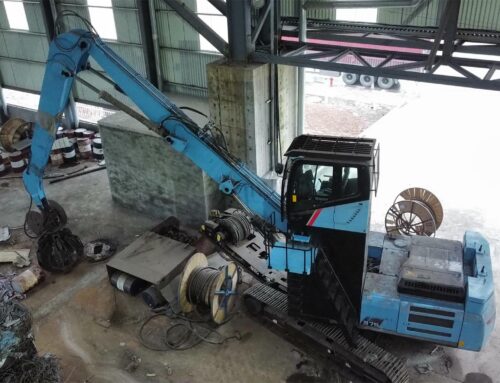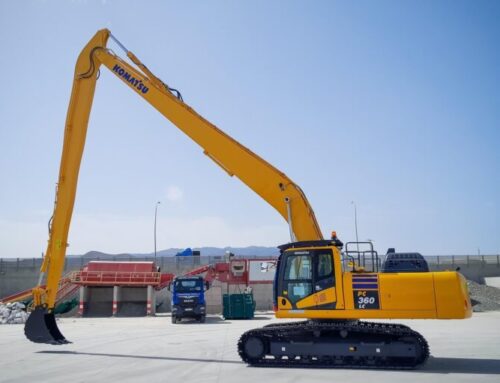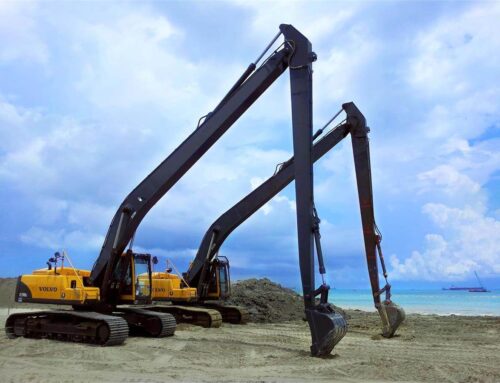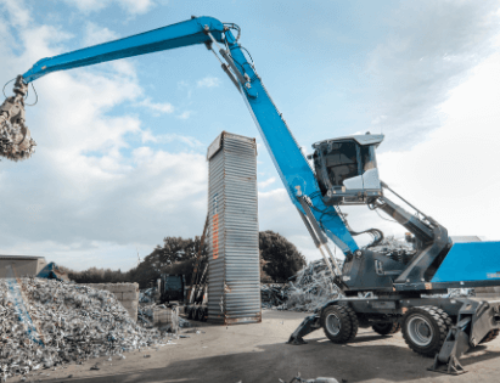In modern engineering projects, excavators are indispensable and important equipment, especially excavators equipped with extended arms, which can perform special tasks such as deep digging and high lifting. However, when faced with the need for excavator long reach front, companies usually face a choice: rent or buy directly? This is a decision that needs to be weighed from many aspects, because it will affect the cost, operational efficiency and long-term development of the project.
This article will conduct an in-depth analysis of the advantages and disadvantages of renting and buying excavator extended arms from five aspects: cost, flexibility, maintenance management, business needs, and finance and taxation, to help you make a wise choice.
-
Excavator Long Reach Front Cost: Comparison between short-term saving and long-term investment
Cost analysis of renting excavator long reach front
Renting an excavator long reach front is usually the first choice for short-term projects. The rental fee is calculated on a daily or monthly basis, avoiding the high cost of equipment purchase. For companies with tight budgets, renting is undoubtedly a way to reduce financial pressure. In addition, renting also avoids the loss of equipment depreciation. However, it should be noted that if the project cycle is long, the accumulated rental may exceed the equipment purchase cost, and additional expenses such as additional freight and operator fees must also be considered.
Cost analysis of purchase excavator long reach front
Although the one-time investment in purchasing equipment is large, it is obviously more cost-effective for long-term use projects. After the excavator long reach front becomes an enterprise asset, its use cost decreases over time. In addition, the equipment also has a certain residual value, and some funds can be recovered by selling it when the equipment needs to be updated. The only disadvantage is that the initial investment may put some pressure on the company’s working capital.
-
Flexibility: The game between immediacy and diversified needs
Flexibility of rental excavator long reach front
Renting an excavator long reach front provides enterprises with extremely high flexibility. Enterprises can choose different specifications of excavator long reach front equipment according to specific project requirements. If the equipment is no longer needed after a project is completed, leasing can avoid equipment idleness and reduce resource waste. However, during peak demand periods, there may be problems with tight equipment supply or inability to make appointments, affecting project progress.
Flexibility of purchase excavator long reach front
Owning equipment means that the company has complete autonomy in time and scheduling, avoiding project delays caused by leasing delays. However, purchasing also means that the company needs to bear the risk of changes in project requirements. If subsequent projects require different equipment specifications, additional purchases or modifications will be required, which may increase costs.
-
Excavator Long Reach Front Maintenance and management: the trade-off between responsibility and autonomy
Maintenance advantages of leasing
The maintenance of leased equipment is usually the responsibility of the leasing company, including daily maintenance and repair of sudden failures. This not only saves management costs for the company, but also reduces downtime losses caused by equipment failure. However, leasing companies have strict policies on the operation and maintenance of equipment, which may conflict with the project requirements of the company, resulting in limited flexibility.
Maintenance advantages of purchasing
Purchasing equipment gives the company complete autonomy. The company can formulate a maintenance plan based on its own needs to ensure that the equipment is in the best condition. Although this requires incurring maintenance costs, for experienced engineering companies, this autonomy can effectively improve operational efficiency.
-
Business needs: key considerations for the nature of the project
Suitable situations for leasing
Leasing an excavator with an extended arm is more suitable for projects with short-term or intermittent use. If the company’s project cycle is short or the equipment is used less frequently, then leasing is an efficient and economical option. In addition, when companies need to try different models of equipment, leasing can avoid the uncertainty risks caused by purchasing.
Suitable purchase situations
If the company has long-term and stable project needs and the excavator long reach front is used frequently, purchasing is obviously a wiser choice. Once the equipment can be put into use stably for a long time, its purchase cost will be quickly amortized. For companies that need to continuously invest in equipment, purchasing can not only meet business needs, but also lay the foundation for future development.
-
Taxation and Finance: Rationalization Planning of Expenditure
Financial Advantages of Leasing
Leasing expenses can usually be directly listed as operating costs, thereby reducing the company’s tax burden to a certain extent. For companies with limited cash flow, this is an effective way to reduce expenditure pressure. However, since leased equipment is not an asset of the company and cannot be depreciated, this may increase the overall tax burden for long-term projects.
Financial Advantages of Purchase
Purchasing equipment can list it as a corporate asset and optimize long-term tax expenses through depreciation. In addition, equipment purchases can enhance the stability of the company’s balance sheet and provide support for future financing. However, the higher initial expenditure brought about by the purchase may require the company to have sufficient cash reserves.
Summary: How to make the right choice?
The key to choosing between renting and buying an excavator long reach front lies in the nature of the project and the financial situation of the company. If your company needs an extension for a short-term project and has a limited budget, then renting is undoubtedly a more flexible and cost-effective solution; if the company has long-term and stable needs and hopes to optimize tax expenses through equipment depreciation, then buying is more advantageous.
Ultimately, this decision needs to take into account cost, flexibility, convenience of maintenance and management, and the company’s future development strategy. Through scientific and reasonable planning, you can ensure that the use of excavator long reach front creates higher value for the company and promotes efficient completion of projects.







Leave A Comment